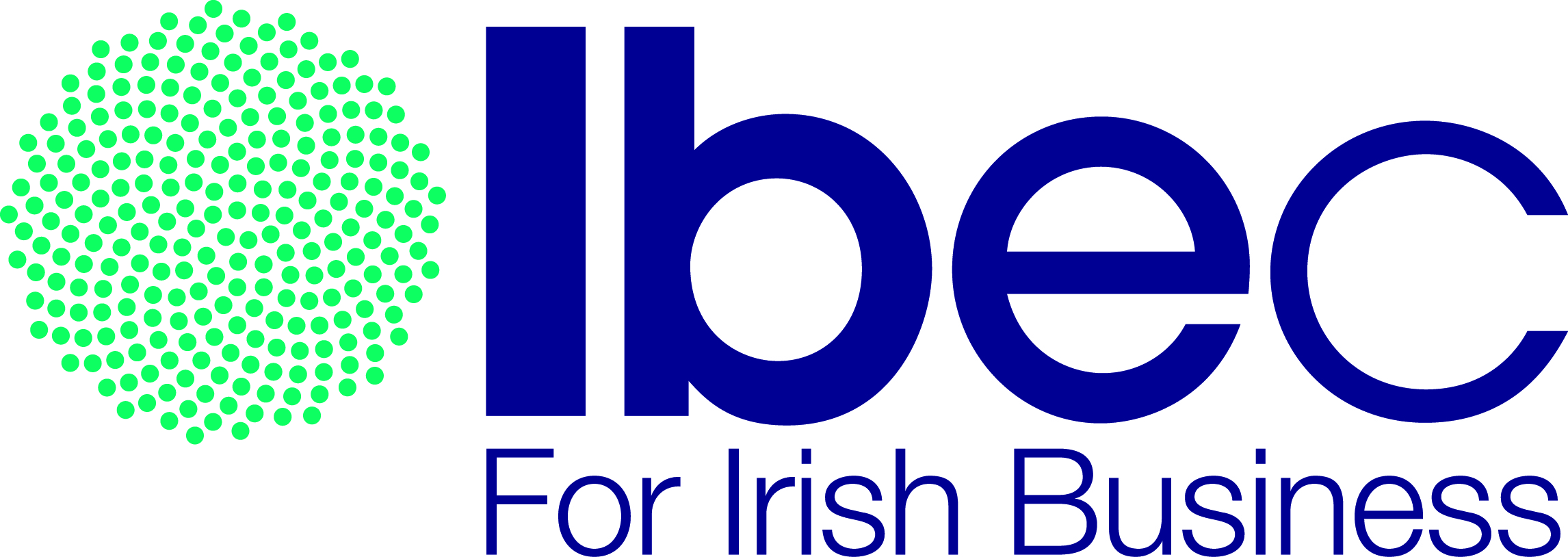
A Very iProtectU New Year’s Tale – From Compliance to Continuous Confidence in 2026!
As we step into 2026, it’s time to embrace a smarter approach to safety. Discover
Health and Safety Software » Health and Safety Software News » Asset Management » Maintenance of Work Equipment

Health and safety legislation places a duty on employers to ensure plant and equipment in the workplace is maintained. This refers to the process of regularly inspecting, repairing, and servicing the tools, machinery, vehicles, and other equipment used in a workplace to ensure its safe and efficient operation. Adequate maintenance of work equipment is essential to prevent breakdowns, prolong the lifespan of the equipment, and maintain a safe working environment. Below are some key aspects of maintaining work equipment:
Maintenance work should only be carried out by those who are competent to do the work. For some maintenance work, for example the changing of abrasive wheels, there are well-established industry training schemes. In other cases, such as for the use of small-scale scaffold towers, sufficient training may be provided by the equipment hirers.
Plant and equipment must be made safe before maintenance starts i.e., through isolation / lock-out and any stored energy released. Formal systems of work, such as a permit to work, are required in some cases to safely manage high-risk maintenance operations.
Adhering to proper maintenance practices can help ensure that work equipment operates safely, efficiently, and reliably, reducing the risk of breakdowns, accidents, and costly downtime.
The iProtectU software contains an Asset Management system which has a designated register to file assets and equipment as well as log their inspection summary. The system allows the user to add / view, the serial number, location, condition and audit history of equipment within the organisation. The inspection summary feature gives the user a snapshot of the equipment condition, compliance status as well as past and future inspection dates.
Arrange your demonstration
Let us show you how we can transform your health and safety, risk and compliance management
Please choose a date and time for your demo. We look forward to meeting with you.

As we step into 2026, it’s time to embrace a smarter approach to safety. Discover

Ho ho hold on – before you climb that ladder to hang the fairy lights…

Europe’s rising influenza activity underscores the importance of having the right digital tools in place.

iProtectU is proud to support the Final Straw Foundation’s Native Oyster Restoration Project, helping restore

When a national voice like IBEC publishes your perspective, it matters.
This week, iProtectU

Modern HSE software has evolved into a strategic necessity, empowering organisations to manage risk proactively,